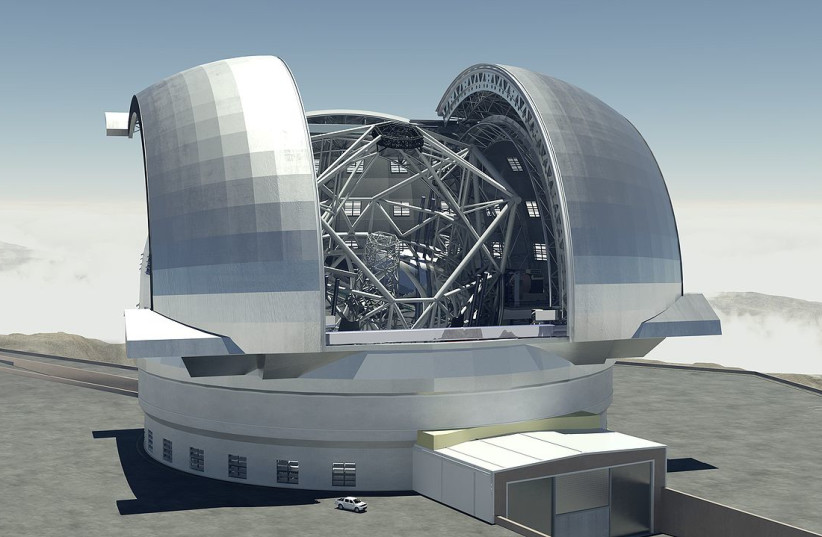Extremely large telescopes can help find habitable alien worlds – study
The next generation of large telescopes, known as extremely large telescopes (ELTs), will let humanity study the weather on exoplanets in order to determine which worlds could support life, according to a recent study.
The abilities of these ground-based observatories – expected to metaphorically outgun every other telescope out there, including NASA’s James Webb Space Telescope – will be able to examine the temperatures, magnetism, and chemistry on distant cooler stars and exoplanets.
The findings of this study were published in the peer-reviewed academic periodical The Astrophysical Journal.
What do scientists look for in a habitable world?
When trying to find habitable worlds, many opt to prioritize G-type main sequence stars, also known as yellow dwarfs, such as our Sun.
However, other scientists choose to focus on M dwarfs, also known as red dwarf stars. These are cooler than G-type main sequence stars but are also far more numerous, being the most widespread type of star in the galaxy.
 The Extremely Large Telescope (illustrative). (credit: Wikimedia Commons)
The Extremely Large Telescope (illustrative). (credit: Wikimedia Commons)But these aren’t the only types of stars out there. There are also what is known as ultracool stars, which have temperatures less than 2,700 degrees Kelvin.
For context, the Sun’s temperature is 5,772 degrees Kelvin.
Examples of ultracool stars include brown dwarfs – a star too small to be considered a true star but too large to be a gas giant – and very low-mass (VLM) stars.
These are harder to detect, being much fainter than other stars because they emit less light.
Not only that, but many exoplanets are also hard to detect, sometimes due to an overabundance of light blocking them from view or a lack of sufficient lighting at all.
Extremely large telescopes, though, could change all of this.
A number of ELTs are currently in development, such as the Giant Magellan Telescope, the Thirty Meter Telescope, and the very aptly named Extremely Large Telescope.
These advanced observatories will be equipped with specific advanced scientific instruments that can be used for Doppler Imaging, which can essentially create maps of an object’s surface to measure magnetism, temperature, and chemistry.
This will give greater insight into some of these mysterious objects in the universe. However, it will also help us find out if other planets can support life.
One of the specific things these telescopes will be on the lookout for is magnetism because having a magnetic field is essential for a planet to be able to support life.
But how do we know if these telescopes will actually be able to accomplish this?
To test this, the researchers behind this study utilized a tool they developed called Imber to simulate certain cosmic objects and phenomena. Then they used the capabilities of the different space telescopes on simulations of established and studied cosmic phenomena.
While each of the three instruments worked differently, they were able to successfully carry out Doppler Imaging on these targets.
“The more we learn about other similar planets to Earth, the more those discoveries should inform Earth science itself,” lead author Michael Plummer said in a statement. “Our work is particularly well-suited to help make those real-world observations.”





Comments are closed.